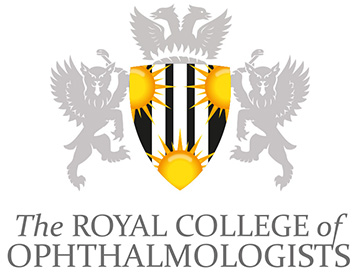SeeAbility launch new research report ‘Children in focus – a clear call to action’
2 May 2018
SeeAbility has released new research, ‘Children in focus – a clear call to action’, that suggests thousands of children with learning disabilities in England’s special schools are missing out on vital eye tests and eye care despite being 28 times more likely to have a serious sight problem than other children.
Around 100,000 children attend special schools in England, including the majority of children with severe learning disabilities or autism. The study indicates that up to half of these children are likely to have a problem with their vision, yet alarmingly an estimated 40,000 children will have never received any eye care.
This means thousands of children who desperately need glasses are going without, many suffering extremely poor vision without anyone knowing about it, impacting on their ability to learn, play and socialise. While others with more serious eye conditions are being deprived of sight-saving treatment.
SeeAbility is calling on NHS England to make wide reforms to community eye care for children and adults with learning disabilities and introduce adjusted eye tests in special schools. Failure to target these high-risk children with eye care they are able to access is causing unnecessary vision impairment and putting their eye sight at risk.
SeeAbility has supported over 1,200 special school children across England, providing adjusted eye tests and collecting data. It is the biggest global study actively reporting on the eye care needs of children with learning disabilities and they have now delivered nearly 2,500 sight tests and dispensed nearly 1000 pairs of spectacles.
Of the children using the SeeAbility service over a four academic year period they have found, with the help of Dr Maggie Woodhouse’s support in analysing the data that:
- Nearly half (47.5%) had a problem with their vision
- A third (31.7%) needed glasses
- Over four in ten (43.7%) had no history of any eye care
- Only 7% had ever used a community optician
Of those children with a sight problem more than a quarter (28%) had a problem that was previously unknown to school or their parents.
